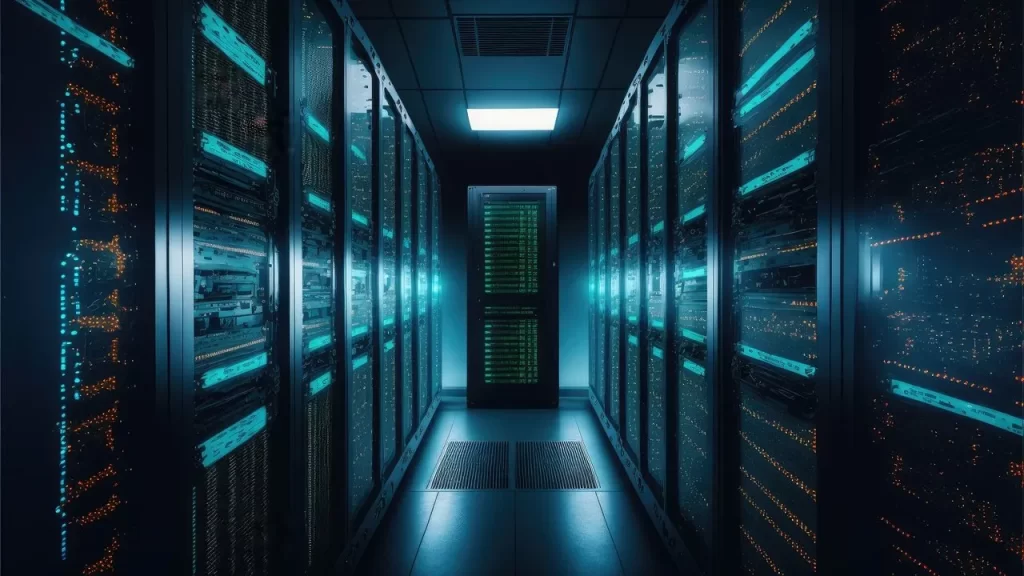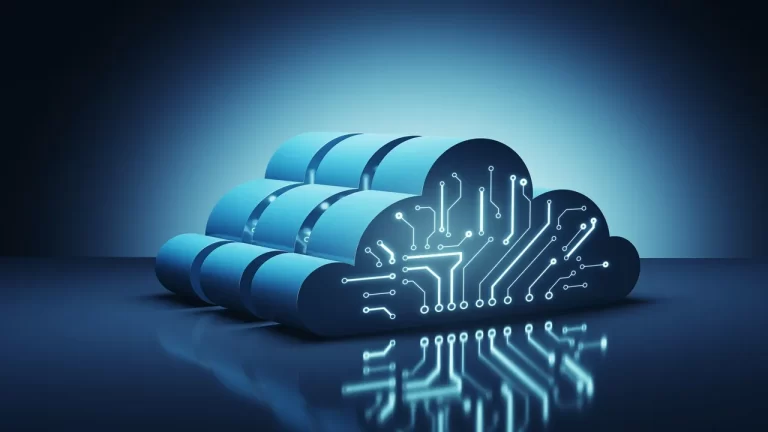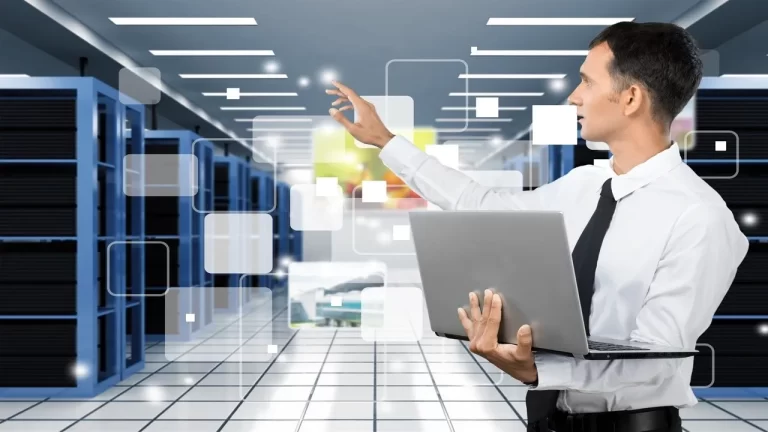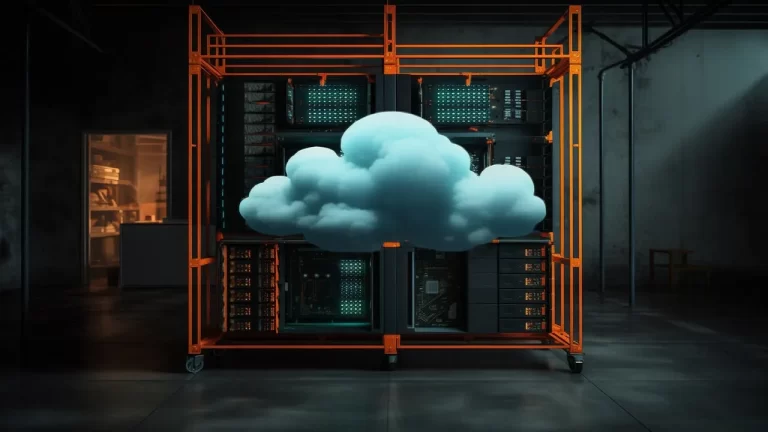As the global need for data skyrockets, data center and cloud computing environments are evolving rapidly. The race to optimize speed, energy use, and scalability has given rise to frontier technologies that are transforming traditional server rooms into intelligent, automated ecosystems. These innovations are not only making operations more efficient but are also directly influencing data center trends that drive the digital economy forward.
The Need for Advanced Automation
Traditional data centers have long used of manual monitoring for performance optimization, maintenance, and security. However, with the explosion of cloud based data centers and public cloud data centers, managing thousands of virtual machines and petabytes of information has pushed the limits of human operators.
Hyper-scale computing companies like Google, Amazon, and Microsoft now depend on sophisticated systems capable of automating nearly every aspect of infrastructure cooling, resource allocation, load balancing, threat detection, and energy usage.
This shift is not just about efficiency; it’s about necessity. As digital reliance grows, so does the complexity and capacity of networks needed to support it.
Key Technologies Driving Automation
1. Artificial Intelligence and Machine Learning
AI is at the heart of modern datacente automation. Platforms like Grok AI are being deployed to analyze usage patterns, predict system failures, and optimize energy use. This proactive management dramatically reduces downtime and costs, ensuring uninterrupted performance in cloud computing data centers.
2. Robotics and Smart Infrastructure
Physical tasks like cable management, server maintenance, and even hardware replacement are now performed by robotic systems. These machines operate with high precision in large cloud service provider data centers, increasing operational efficiency and minimizing human error.
3. Digital Twins and Simulation
Digital twin technology allows data centers to simulate infrastructure behavior in real time. Before implementing changes, operators can predict their impact on data center cloud network performance, power consumption, and cooling.
4. Intelligent Cooling Systems
Energy use in public storage facilities is significantly driven by cooling requirements. Frontier technologies include adaptive liquid cooling and AI-managed airflow systems, which align with data center sustainability trends
5. Edge and Virtualized Environments
The rise of the virtual data center in cloud computing makes localized processing possible. Edge data centers are located closer to users who monitor real-time processing, minimizing delay and reliance on centralized servers.

Sustainability in the Automated Era
Sustainability is a primary concern in modern infrastructure planning. Automated systems help monitor and reduce energy waste, regulate cooling based on server load, and switch power sources dynamically.
According to the U.S. Department of Energy, modern data centers use50% less energy than those built a decade ago—largely thanks to automation, virtualization, and cloud-native design principles. These developments play a major role in data center industry trends and will continue to shape best practices.
Interconnectivity and Capacity Management
With billions of devices linked to the internet, automation must also support high-speed network performance and transmit capabilities. Real-time traffic routing, fault isolation, and bandwidth optimization are crucial for large-scale cloud computing operations. This applies especially to cloud-based data centers, where user needs change quickly.
High availability and redundancy are made possible by dynamic resource pooling and virtual failovers, which enable smooth docs, applications, and workloads to shift between nodes.
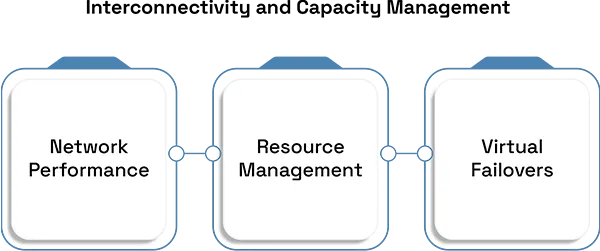
Data Governance and Security
Automated systems are also transforming how data is secured and managed. Real-time monitoring tools detect anomalies, while AI-driven governance ensures compliance with regulations. This is especially critical for institutions managing sensitive information in database center environments.
Blockchain integration and biometric authentication are also being explored to secure user identities and transaction trails in cloud computing centers.
Future Outlook: What’s on the Horizon?
The trajectory for data center cloud network automation points toward even greater decentralization and intelligence. As quantum computing and next-gen processors become mainstream, automation platforms will need to adapt further.
Cloud provider data centers are expected to become fully self-healing ecosystems. Using autonomous AI, they will detect, diagnose, and resolve performance issues without human input, ushering in a new phase of resilience and uptime.
As frontier technologies continue to mature, we are entering an era where data centers are not just reactive hubs of information processing, but they are intelligent, self-managed environments central to everything from financial services to autonomous vehicles. The fusion of cloud computing, automation, and sustainability ensures that the next generation of cloud computing data centers will be faster, greener, and far more capable than ever before.

